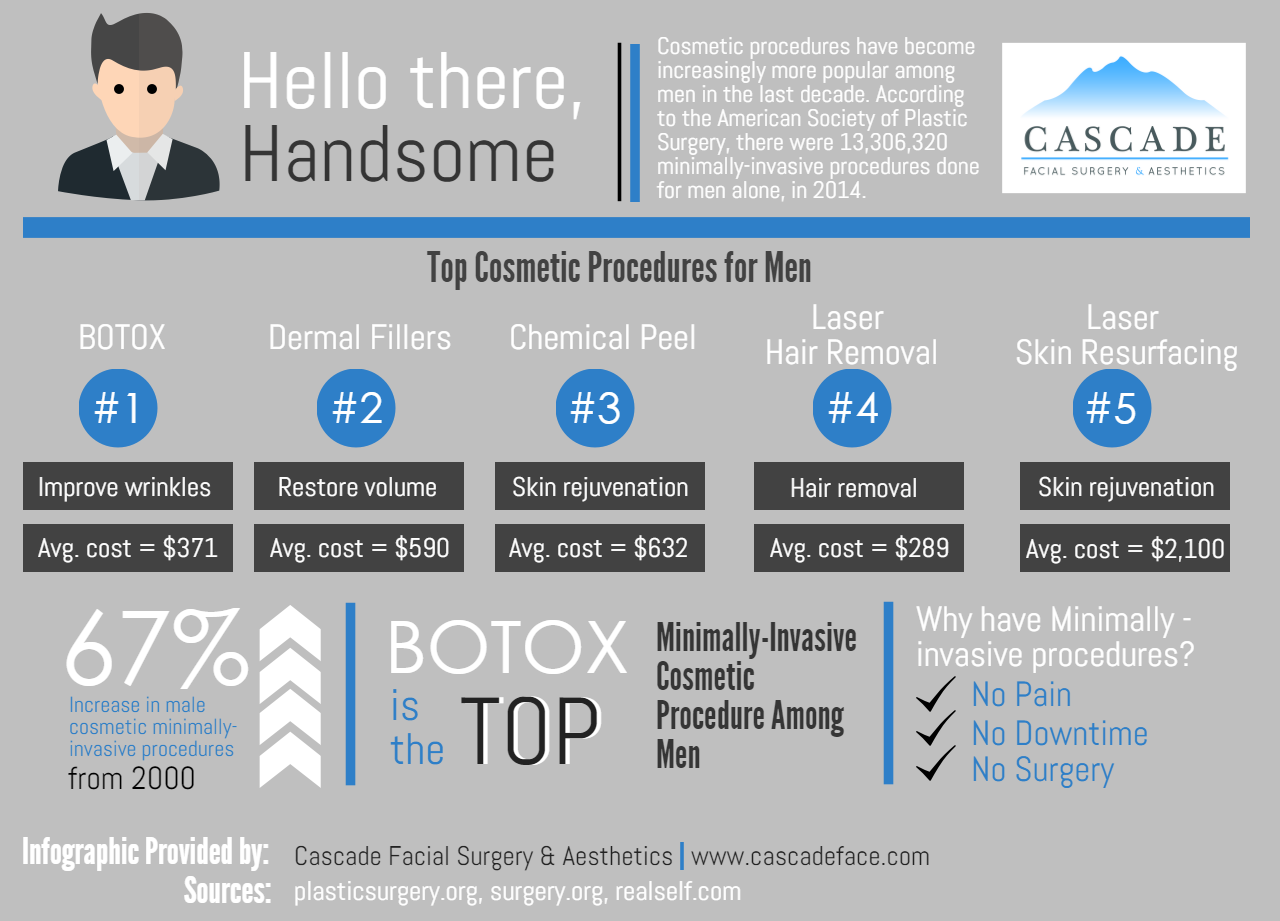How Long Do Professional Treatments Last
How Long Do Professional Treatments Last
Blog Article
Sources of Acne on Cheeks
Acne breakouts in the cheek location are activated by numerous points, from touching your face often to not changing your pillow case commonly enough. Picking at imperfections boosts your risk of infection and scarring, and particular medications can worsen dark places (postinflammatory hyperpigmentation).
Fortunately, there are many ways to prevent and treat cheek acne. These consist of:
1. Hormone Changes
Acne is largely triggered by hormones, especially those produced throughout the age of puberty and maternity. For some, a family history of acne might additionally add to their problem. Anything that blocks pores, such as oil-based skin treatment items or waxy hair products, can set off acne. Various topical treatments, like benzoyl peroxide and salicylic acid, can fight bacteria and unclog pores. Those with extreme or persistent acne must look for treatment from their physician.
Avoid touching or squeezing your acne, as this can push several of the microorganisms deeper right into the skin, causing a much more serious breakout. It is also important to transform pillow cases consistently and make use of tidy makeup brushes. You should also attempt to stay clear of toxic irritants such as friction from wearing a helmet or limited collar.
2. Diet regimen
The greasy, sugary foods that many individuals believe trigger acne may actually refrain so. Actually, research studies have revealed that consuming a diet plan rich in entire, nutrient-dense foods aids to avoid breakouts.
Foods high in the glycemic index (such as white bread, corn flakes, puffed rice and potatoes, doughnuts and various other breads) increase blood sugar degrees swiftly, and this can boost hormones that boost oil manufacturing and cause acne.
Consuming cow's milk has additionally been linked to increased acne outbreaks. If you are a routine cow's milk drinker, you could wish to try switching to low-fat or nondairy choices that are fortified with calcium. In addition, consuming alcohol even more water can help to lower acne since it helps to maintain the skin hydrated.
3. Excess Oil
While oil is vital for healthy skin, it can come to be an issue when too much sebum blends with dead skin cells and blocks pores. This combination can produce blackheads, whiteheads and pimples. The obstructed pore wall can break down and spill bacteria, dead skin cells and sebum right into surrounding skin. This causes a red bump referred to as a pimple. Often these red bumps have pus in the center from a microbial infection. Larger infected bumps that appear like acne are called cysts.
There are many points that can trigger excess sebum and clogged pores, consisting of hormone variations, diet and day-to-day routines. Some examples consist of touching the face frequently, relaxing your hand on your cheek, utilizing unclean makeup brushes and not transforming pillow cases routinely.
4. Stress and anxiety
If you're taking care of pain pimples or a variety of blackheads and whiteheads, it might be time to talk to a skin doctor. They can recommend a reliable treatment that matches your skin type. Exercising relaxation and stress-reduction revision skin care strategies additionally assists.
Acne can take place in the cheeks because of rubbing and pressure, such as when an individual touches their face often or puts on a hat or sports helmet that massages against the skin. It can additionally appear where oily cosmetics and lotions scrub against the skin.
Prevent squeezing acne, as this can push contaminated material deeper right into the skin and result in scarring. Rather, see a doctor to learn more about preventative treatments like medicine, skin care products and way of living modifications. Consuming a healthy diet plan of whole foods, getting 7 to nine hours of rest and using noncomedogenic make-up and skin care products can all help in reducing acne breakouts.
5. Hair Products
Hair products are not commonly considered a source of breakouts, however they can contribute to acne on the cheeks in some people. Pomade acne, which is identified by small shut comedones and papulopustules, is commonly triggered by making use of oily hair products which contain comedogenic active ingredients such as certain oils and acetylated lanolin.
Selecting hair items that don't have these potentially comedogenic components is a vital step towards reducing outbreaks. Additionally, guaranteeing that hair items aren't can be found in contact with the skin can help stop outbreaks. For example, putting on a headscarf or bonnet in the evening can restrict hair-to-face contact and minimize the likelihood that leave-in hair products will certainly abrade onto the face.
In addition to utilizing a non-comedogenic cream and washing with an acne face laundry, various other handy techniques consist of: